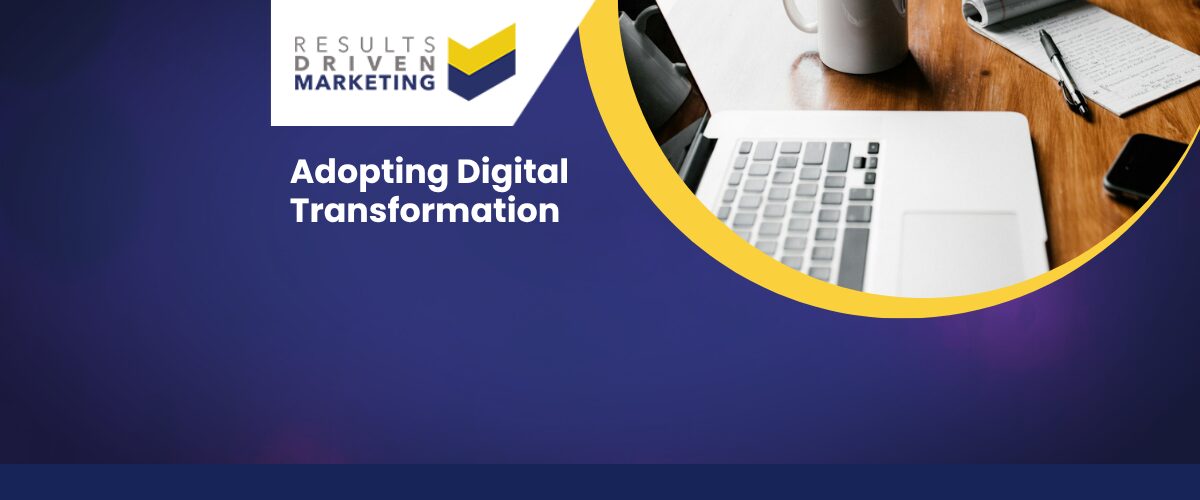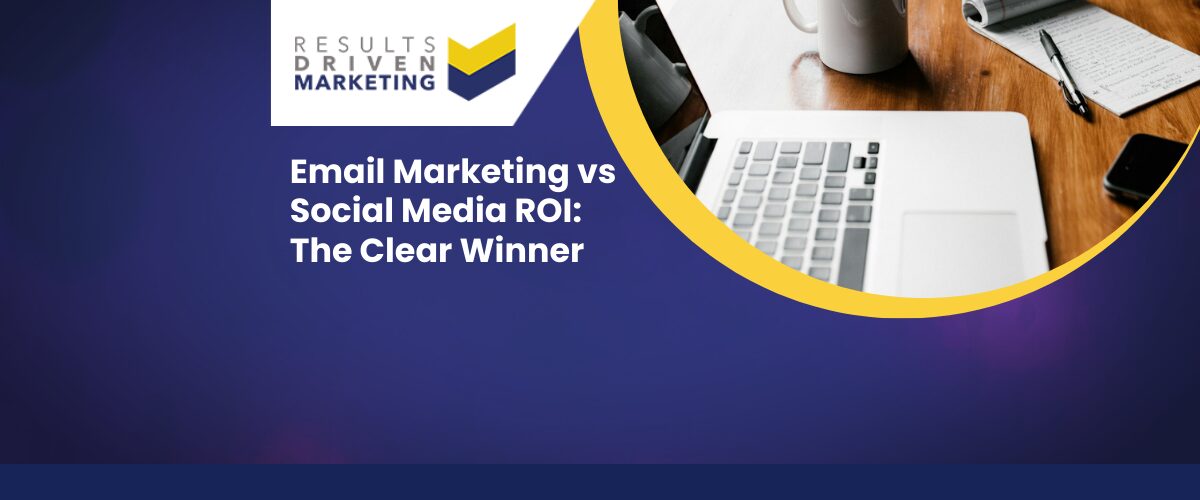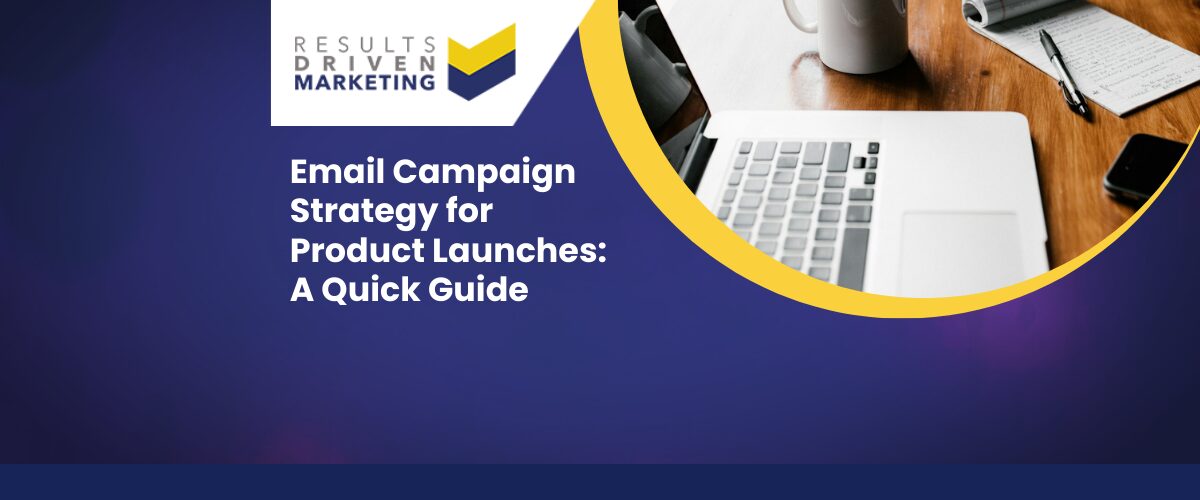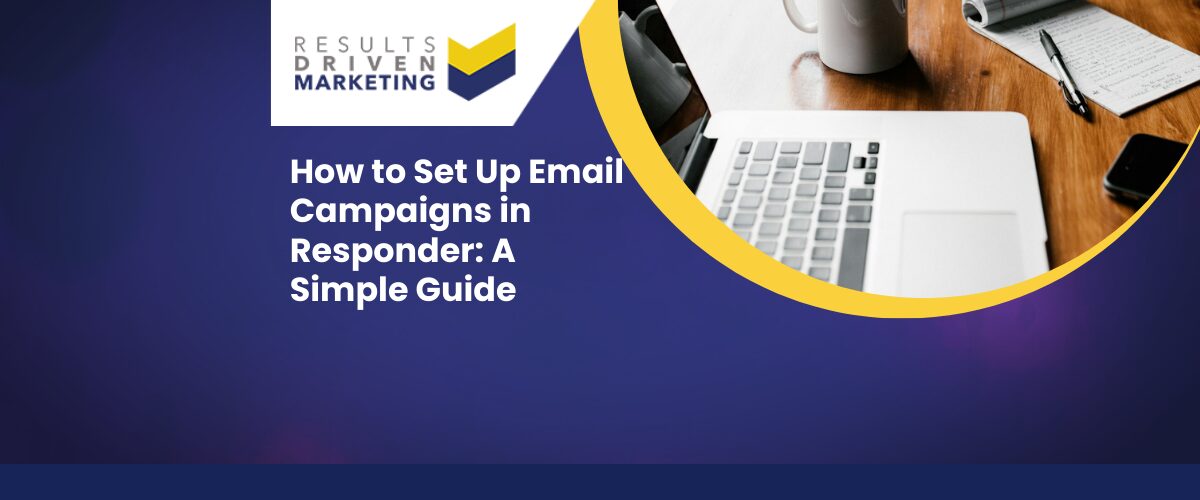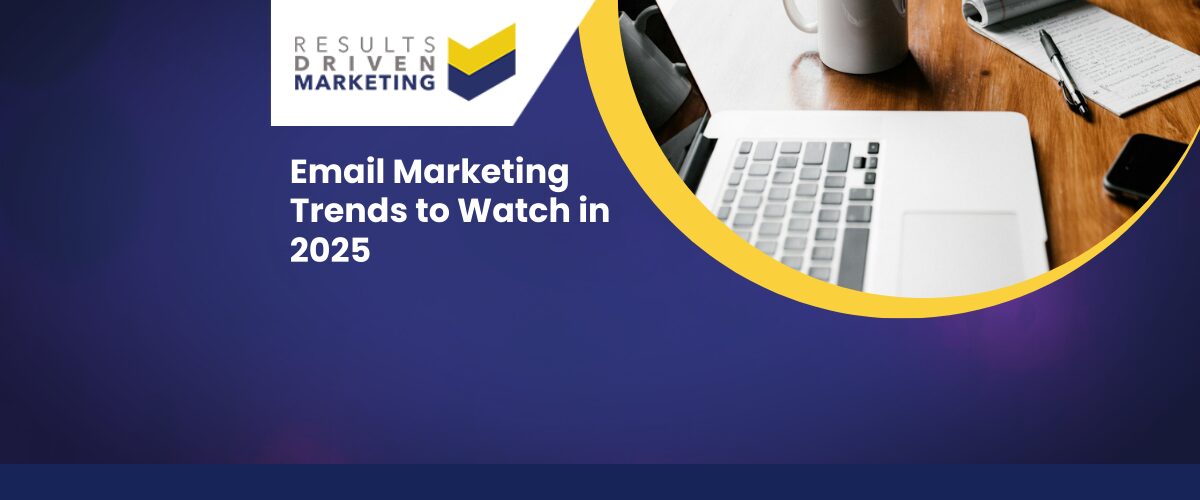
Email Marketing Trends to Watch in 2025
Email marketing trends to watch are evolving fast, and 2025 is shaping up to be a pivotal year for businesses looking to stay competitive. For UK SMEs using purchased B2B data, keeping pace with these changes isn’t just about staying modern — it’s about protecting deliverability, improving engagement, and maximising ROI.
The inbox is more crowded than ever, and the brands that stand out are those that adapt quickly. From AI-driven personalisation to privacy-first compliance, the way we plan, send, and measure email campaigns is shifting. Businesses that fail to evolve risk falling behind their competitors and wasting valuable marketing spend.
In this guide, we’ll break down the key trends shaping email marketing in 2025, explain why they matter for SMEs, and show you how to implement them effectively. You’ll get practical, actionable insights designed to help you reach the right people, at the right time, with the right message.
Table of contents:
Why Staying Ahead of Trends Matters
Email marketing continues to deliver one of the highest ROIs of any channel — but only if you keep up with how it’s changing. What worked even a year ago may no longer cut through the noise in 2025.
For SMEs using purchased B2B data, adapting to new trends is especially important. You’re often reaching out to contacts who don’t yet know your brand, so your messaging, design, and deliverability need to be at their strongest.
Falling behind on best practices can mean:
-
Lower open and click-through rates
-
Emails landing in spam folders instead of inboxes
-
Poor ROI from otherwise strong data lists
-
Wasted opportunities to connect with decision-makers
By understanding and applying the latest developments in email marketing, you position your business to be seen, remembered, and acted upon — while competitors risk being ignored.
Trend #1 – AI-Driven Personalisation at Scale
Personalisation has been a buzzword in email marketing for years, but in 2025, it’s evolving into something far more powerful. Thanks to AI, SMEs can now create dynamic, highly relevant campaigns without needing a huge marketing team.
AI-driven personalisation goes beyond adding a first name to the subject line. It can:
-
Analyse engagement data to send content your audience is most likely to read
-
Adjust messaging based on industry, location, or role
-
Suggest optimal send times for different segments
-
Automate follow-ups that feel timely and relevant
For SMEs using purchased B2B data, this technology makes it easier to connect with cold audiences in a meaningful way. By tailoring subject lines, offers, and messaging to specific pain points, you increase open rates, click-throughs, and responses — all while keeping your campaigns scalable.
Trend #2 – Privacy-First Marketing and Regulation Compliance
With inboxes more guarded than ever, 2025 will see privacy-first marketing become a standard, not an option. For UK SMEs, this means building campaigns that respect both customer preferences and legal obligations under GDPR.
Privacy-first marketing isn’t just about avoiding fines — it’s about building trust. Decision-makers are far more likely to engage with businesses that demonstrate transparency and professionalism in how they handle data.
Key practices include:
-
Making opt-in and unsubscribe processes clear and easy
-
Being transparent about why you’re contacting someone
-
Ensuring data sources are reputable and compliant
-
Segmenting carefully to avoid irrelevant messaging
For SMEs using purchased B2B data, responsible targeting and respectful communication are critical. By showing recipients that you take their privacy seriously, you not only stay compliant but also improve your chances of getting your emails opened and acted on.
Trend #3 – Mobile-First Email Design
In 2025, mobile optimisation is no longer a “nice to have” — it’s the baseline for any email campaign. The majority of business decision-makers now check their emails on smartphones, often between meetings or while travelling.
If your emails aren’t mobile-friendly, you risk:
-
Subject lines being cut off too early
-
Calls-to-action (CTAs) being difficult to tap
-
Layouts breaking or text appearing too small
Best practices for mobile-first B2B emails include:
-
Keeping subject lines under 50 characters
-
Using single-column layouts that adapt to small screens
-
Making CTAs large, clear, and easy to click with a thumb
-
Compressing images for faster loading
For SMEs using purchased B2B data, optimising for mobile ensures that your message is clear, readable, and actionable — no matter where your prospect is when they open it.
Trend #4 – More Interactive Email Content
Static emails still work, but interactive elements are proving to be a game-changer in boosting engagement. In 2025, we’ll see more B2B marketers adopting interactive features to make emails more engaging and memorable.
Interactive content can include:
-
Surveys or polls to gather quick feedback
-
Clickable image carousels showcasing products or case studies
-
Accordion sections for expanding key details without overwhelming the reader
-
Embedded CTAs that lead directly to booking forms or content downloads
For SMEs using purchased B2B data, interactivity can help you stand out in crowded inboxes and encourage recipients to spend more time engaging with your content. The more clicks, taps, and responses you generate, the more positive signals you send to email providers — helping improve deliverability over time.
Trend #5 – Deliverability Becomes a Boardroom Metric
In 2025, deliverability isn’t just a technical concern for the marketing team — it’s becoming a core business metric discussed at the leadership level. If your emails aren’t reaching inboxes, everything else in your campaign is irrelevant.
For SMEs, especially those using purchased B2B data, deliverability impacts:
-
ROI – fewer inbox placements mean wasted spend
-
Brand reputation – high spam rates damage trust
-
Sales pipeline – fewer conversations and opportunities
Key factors driving this trend include:
-
Greater awareness of sender reputation and authentication (SPF, DKIM, DMARC)
-
Increased filtering by major email providers
-
Tighter compliance expectations from regulators and recipients alike
Treating deliverability as a measurable KPI — alongside opens, clicks, and conversions — ensures that outreach isn’t just sent, but seen.
Trend #6 – Integrated Multichannel Campaigns
Email works best when it’s part of a bigger conversation, not the only channel you use. In 2025, more SMEs are blending email outreach with social media, retargeting ads, and telemarketing to create seamless, multi-touch campaigns.
Benefits of an integrated approach include:
-
Consistent messaging across platforms, reinforcing brand recognition
-
Multiple engagement points for prospects who don’t respond to the first touch
-
Better data insights when tracking behaviour across channels
For example, a prospect might receive a cold email, see your ad on LinkedIn, and then take a follow-up call from your sales team. This layered exposure increases familiarity and trust, making responses more likely.
When paired with accurate email lists and targeted follow-ups, multichannel campaigns help SMEs get more from every lead and shorten the sales cycle.
Trend #7 – Hyper-Segmentation for Micro Audiences
Mass email blasts are becoming less effective, and in 2025, the focus is shifting toward hyper-segmentation — breaking your audience into smaller, highly targeted groups.
For SMEs using purchased B2B data, this means:
-
Grouping contacts by industry, company size, or location
-
Tailoring offers and messaging to specific business challenges
-
Adjusting subject lines and CTAs to resonate with each segment’s priorities
The benefits are clear:
-
Higher open and click-through rates
-
More relevant conversations with decision-makers
-
Stronger relationships built on tailored communication
When your messaging feels specific and relevant, recipients are far more likely to engage. Hyper-segmentation paired with quality email lists ensures your outreach feels personal — even at scale.
How to Implement These Trends in Your SME Marketing Plan
Knowing the latest email marketing trends to watch is only valuable if you can put them into action. For SMEs, the key is to start small, prioritise what matters most to your audience, and build from there.
1. Choose two or three trends to focus on first
You don’t need to adopt every trend overnight. Pick the ones most likely to improve your current campaigns — for example, mobile-first design and AI-driven personalisation.
2. Test alongside your existing strategies
Run A/B tests to compare new tactics with what’s already working. This ensures you make changes based on evidence, not guesswork.
3. Measure, adapt, and scale
Track KPIs like open rates, click-through rates, and conversions to see what’s delivering ROI. Keep refining until you have a repeatable, high-performing process.
By rolling out changes strategically, you can keep your campaigns modern and effective without overwhelming your resources.
Why Choose Results Driven Marketing
Adopting the latest email marketing trends is far easier when you have the right data and guidance from the start. At Results Driven Marketing, we help UK SMEs put these strategies into action with precision and confidence.
Here’s why clients trust us:
-
Targeted UK B2B data from over 2,000 sectors, ready to use in your campaigns
-
Fast, secure delivery so you can start testing new trends without delay
-
Expert advice on aligning your outreach with the latest best practices
-
Ongoing support to optimise campaigns for deliverability, engagement, and ROI
Whether you’re implementing AI personalisation, segmenting for micro-audiences, or integrating multichannel campaigns, we provide the quality email lists and strategic insights you need to succeed.
Final Takeaways
Keeping up with email marketing trends to watch in 2025 isn’t about chasing shiny new tactics — it’s about making sure your outreach stays relevant, effective, and profitable.
Key points to remember:
-
Trends like AI-driven personalisation, hyper-segmentation, and mobile-first design can give you a competitive edge.
-
Privacy-first marketing and strong deliverability are essential foundations for success.
-
Integrating email with other channels can increase familiarity and trust with prospects.
-
Small, strategic changes implemented consistently deliver the best long-term results.
When you combine these trends with accurate, targeted email lists, you give your campaigns the reach and relevance they need to succeed.
Ready to plan your 2025 email strategy? Contact us today and let’s make your next campaign your most effective yet.
Results Driven Marketing – IIB Trading Ltd
Cobalt Business Exchange, Newcastle, UK
☎ 0191 406 6399 | 🌐 rdmarketing.co.uk


